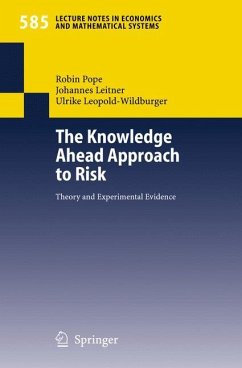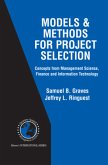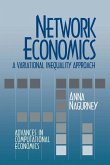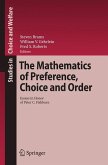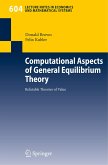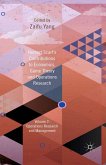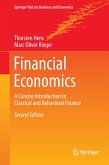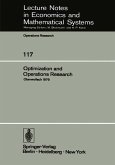The joint work of Robin Pope, Johannes Leitner and Ulrike Leopold- Wildburger presented in this little book makes a strong point for a new approach to decision making under risk. It emphasizes aspects of risk preferences largely neglected in the theoretical and experimental lite- ture. Before the outcome of a risky decision is known a decision maker may feel worries or thrills about what will happen at the end. It is c- vincingly argued that the anticipation of such "secondary satisfactions" is, and should be, an important in?uence on the decision. The questi- naire data and the experiments support this view. The answers of participants in the questionnaires about the reasons for their decision are an important basis for the evaluation of the - periment. The evaluation of these questionnaires has led to impressive ?ndings. Like other commonly used research techniques, the analysis of introspective information in questionnaires is not absolutely reliable. Nevertheless it is an extremely valuable source of insight into moti- tional forces, insu?ciently exploited in economics. It is not my task to give a preview of the book, but I would like to encourage the reader to discover the remarkable results of an unusual theoretical and experimental approach to decision making under risk. K¨ onigswinter, Germany, August 2006 Reinhard Selten Preface In this book we break new ground on why and how people decide on - surancecontracts,ando?erafewinsightsonhowthecontextofterrorism may a?ect such demand. Our ?ndings are suggestive also for decisions under risk in other situations.
From the reviews:
"While most approaches to risk ignore the time dimension, Pope, Leitner, and Leopold-Wildburger distinguish between primary and secondary satisfactions. ... The book may be suitable for senior undergraduate and graduate students, in addition to practitioners and researchers ... . It can serve to initiate researchers and students into experiments and how experimental results can serve to test and develop theories." (Kjell Hausken, Theory and Decision, Vol. 62, 2007)
"While most approaches to risk ignore the time dimension, Pope, Leitner, and Leopold-Wildburger distinguish between primary and secondary satisfactions. ... The book may be suitable for senior undergraduate and graduate students, in addition to practitioners and researchers ... . It can serve to initiate researchers and students into experiments and how experimental results can serve to test and develop theories." (Kjell Hausken, Theory and Decision, Vol. 62, 2007)

